Hope for the Arizona Willow
By Tyler Turk, Southwest Ecologist
March 2023
My first season of on-the-ground rare plant conservation came full circle last summer, when I visited our final target population of Arizona willow (Salix arizonica). It was the second day of a backpacking trip in the Pecos Wilderness in the Santa Fe National Forest, and we were exploring historical locations of the species along Jack’s Creek. Accompanying me was Taylor Hohensee, Conservation Technician for IAE’s Southwest Office.
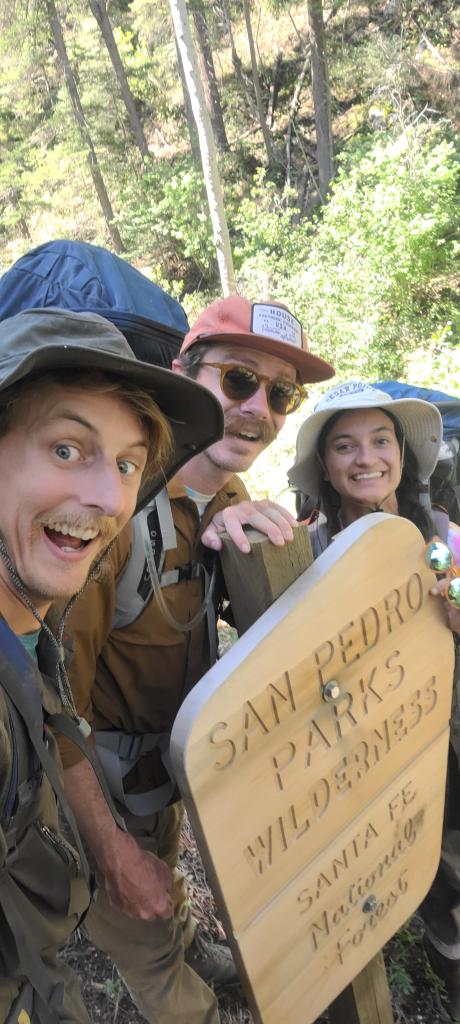
Arizona willow is a rare species which lives in high-elevation wet meadows in the Four Corners region—Arizona, Utah, Colorado, and New Mexico. It is important to understand the health of Arizona willow populations not only because they are a rare species, but because their health is an indicator of the general health of the wetland habitats they occupy.
The last reported visit to the Jack’s Creek population was in 2001, and the account noted willows were heavily impacted by cattle and wildlife herbivory. Unfortunately this was not a surprise to us, as the pervasive negative effects of herbivory on the willow would be a theme for our summer. Due to a lack of surveys, the population trend of willow populations in New Mexico was unknown, though herbivory and changes in wetland hydrology had been identified as major threats.
Therefore, we spent the summer surveying historical populations of the species throughout its range in New Mexico to understand its population trends, as well as collecting conservation cuttings to preserve genetic diversity (to learn more about our collection efforts, check out this recent spotlight of our work by the Center for Plant Conservation!).
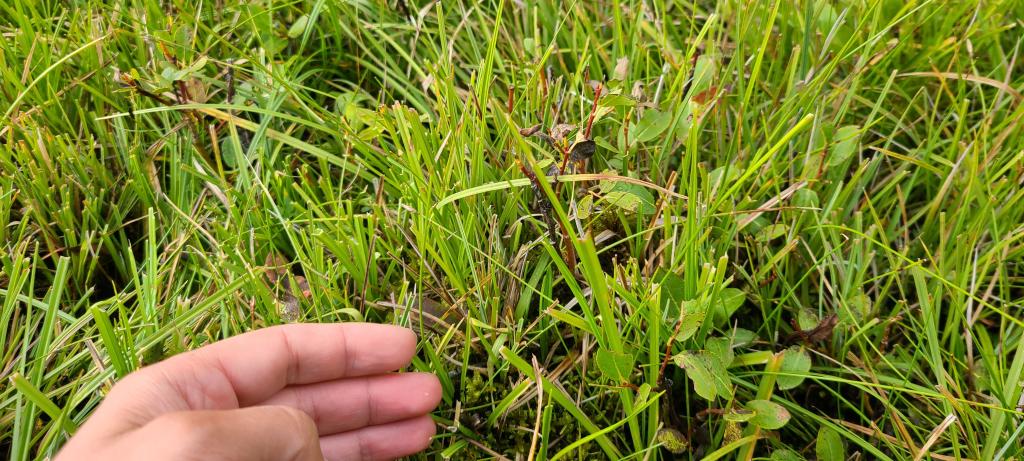
We made our way down a puddle-filled trail to an open meadow nestled between dark stands of spruce. As we descended the hill to the meadow, we scanned the dense sedge and grass searching for the sign of a broad, vibrant green leaf. It didn’t take long before we spotted the first one, and crouched down to observe the leaf base, one of the defining features of the Arizona willow.
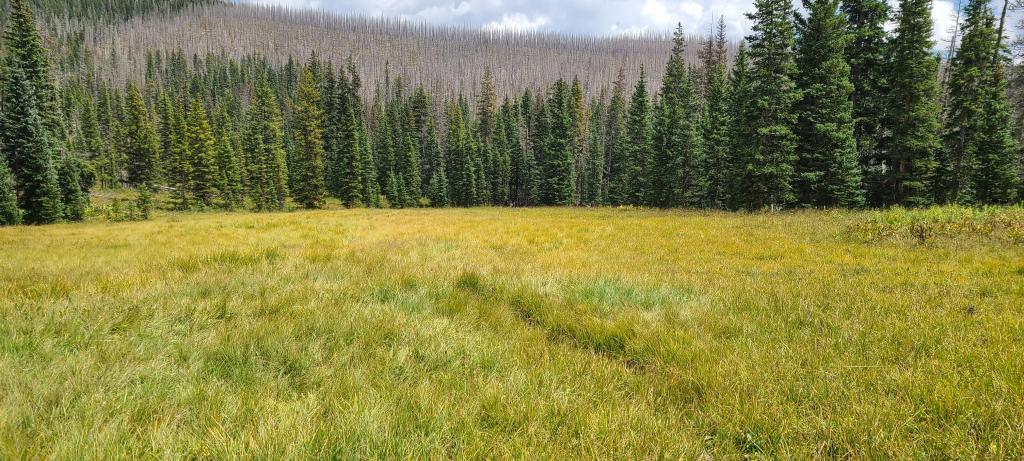
After confirming the willow’s identity, Taylor Hohensee and I spent time surveying separate sides of the meadow, noting the height and health of individual plants and meeting back in the middle periodically. At each subsequent meeting, our enthusiasm grew: “Are you seeing this? What a crazy population!”
The habitat in the population was healthy, with wet, spongy soil bordering a small stream that eventually fed into the larger Jack’s Creek. Along the creek, the normally diminutive willows towered over 1.5 meters tall. We even spotted a rare individual with reproductive parts.
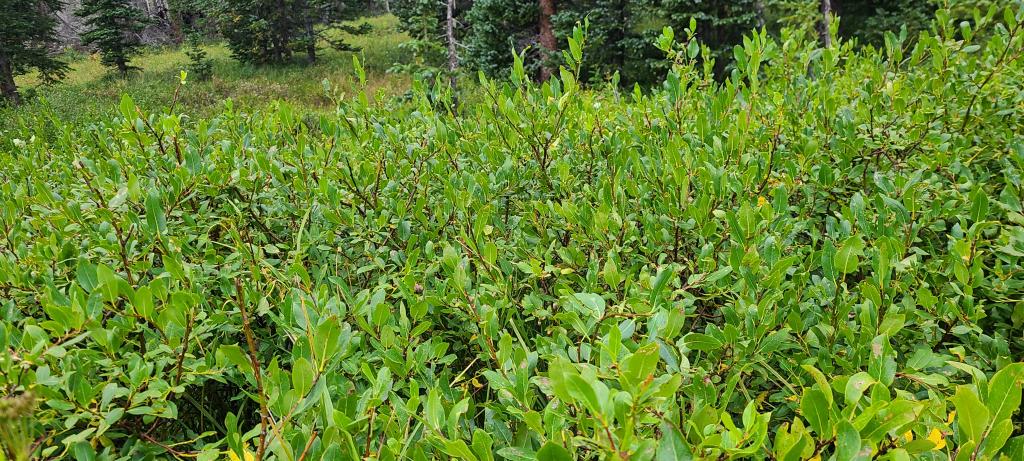
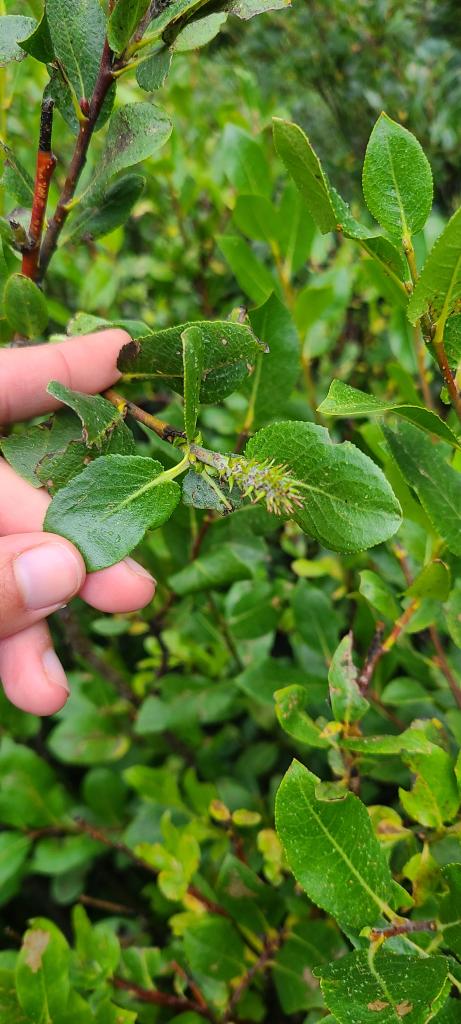
Seeing this population thrive despite its history of degradation filled me with a renewed sense of hope for the species. It was an encouraging indication that recovery of Arizona willow populations is possible, given time and rest. This knowledge will set the stage for our restoration activities for the species in the future.
Thank you to the Santa Fe National Forest for partnering with IAE on this project and supporting threatened plant species and their habitats across the Southwest.